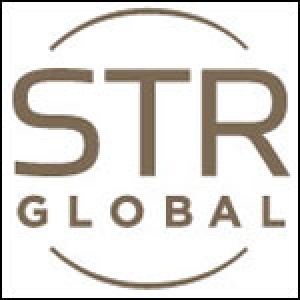Hotel Industry Pulse Index advances for fourth consecutive month

After increasing 1.8 percent during April, the Hotel Industry Pulse Index advanced 2.1 percent during May, according to economic research firm e-forecasting.com in conjunction with STR.
The Hotel Industry Pulse Index, or HIP, is composite indicator that gauges business activity in the United States hotel industry in real-time, similar to a GDP measure. The latest monthly change brought the index to a reading of 86.6. The index was set to equal 100 in 2000.
HIP’s six-month growth rate, which historically has signaled turning points in U.S. hotel business activity, continued to improve. After 20 months of the six-month growth rate being negative, the measure has gone up four consecutive months. During May, the six-month growth improved upon April’s growth of 7.5 percent by gaining 11.4 percent. This compares with a long-term growth rate of 3.2 percent, which is the same as the 38-year average annual growth rate of the industry’s GDP.
“We continue to see strong fundamentals in the hotel industry,” said Evangelos Simos, chief economist of e-forecasting.com. “The Hotel Industry Pulse has turned a corner and continues to improve, providing a very strong indication that the industry has exited the recessionary phase of its business cycle.”
The probability of business expansion stayed at the same level of 100 percent in May as in April. This is the fifth month the business expansion probability has shown positive results.
The Hotel Industry Pulse Index, or HIP for short, is a hotel industry indicator that was created to fill the void of a real-time monthly indicator for the hotel industry. The indicator provides useful information about the timing and degree of the industry’s linking with the U.S. business cycle for the last 40 years. Simply put, it tracks monthly overall business conditions in the industry, like an industry GDP, and points in a timely way to the changes in direction from growth to recession or vice versa. The composite indicator is made with the following components: revenues from consumers staying at hotels and motels adjusted for inflation, room occupancy rate and hotel employment, along with other key economic factors which influence hotel business activity.
ADVERTISEMENT

